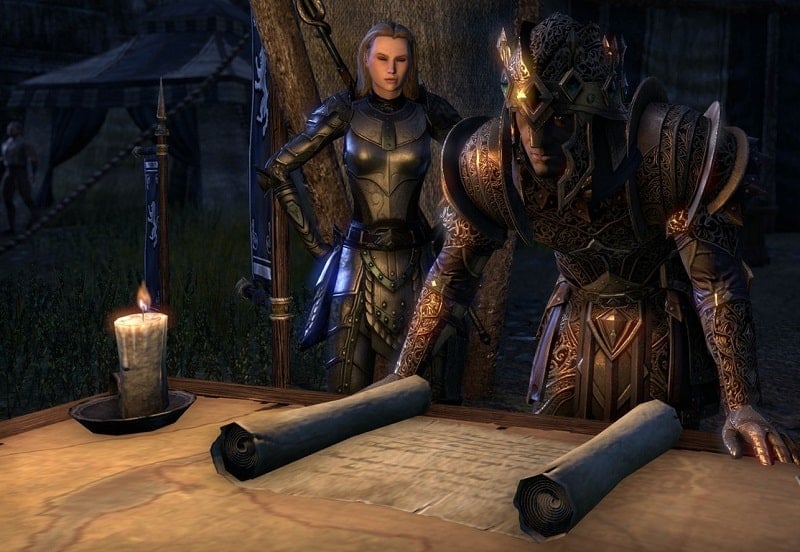
Anti-Aliasing: Consider turning it off if Valorant has very low FPS.The vignette option adds a darker area around the edges of the screen to provide a cinematic experience. V-Sync(Vertical Sync) synchronizes all the frames on the screen and prevents the pixels from tearing. V-Sync and Vignette: Turn OFF both options.Texture Quality and Detail Quality: Keep it Med or Low, depending on the difference you see in FPS by switching between the two levels.Test both settings to see if there is a noticeable improvement in FPS.

Material Quality: Consider keeping it Med or Low.This, however, is not always the case and causes the opposite effect, reducing the frames. Multithread rendering splits the work between multiple processor cores and improves performance. Multithreaded Rendering: Turn OFF the setting.Limit FPS Always: Turn this option off because it will limit the FPS in the game.This reduces FPS in Valorant by prioritizing battery life. Limit FPS on Battery: Turn off this option if you are on a laptop and otherwise.This is a trade-off you have to keep in mind. The lower you go, the more clarity will take a higher hit.

Now bear in mind that lowering resolution may come at the cost of reduced graphics clarity.

1280×720 is a balanced resolution worth considering to improve the FPS in Valo.

Here is how to calibrate power settings on those machines. if your battery has gotten old and generally gives shorter life, consider plugging it into a power socket while playing.ĭepending on the laptop manufacturer, some Windows 11 computers don’t have the battery icon. The battery life will be shortened while ensuring maximum FPS on Valorant. Slide the button towards the right to the Best Performance. This will enable maximum performance on Windows 10, not holding back any resources. Left-click on the icon to open the battery menu.Ģ. Many Windows 10 and 11 machines have a battery icon in the taskbar. When the battery drains fast, Windows automatically switches the power mode to economy to extend battery life.


 0 kommentar(er)
0 kommentar(er)
